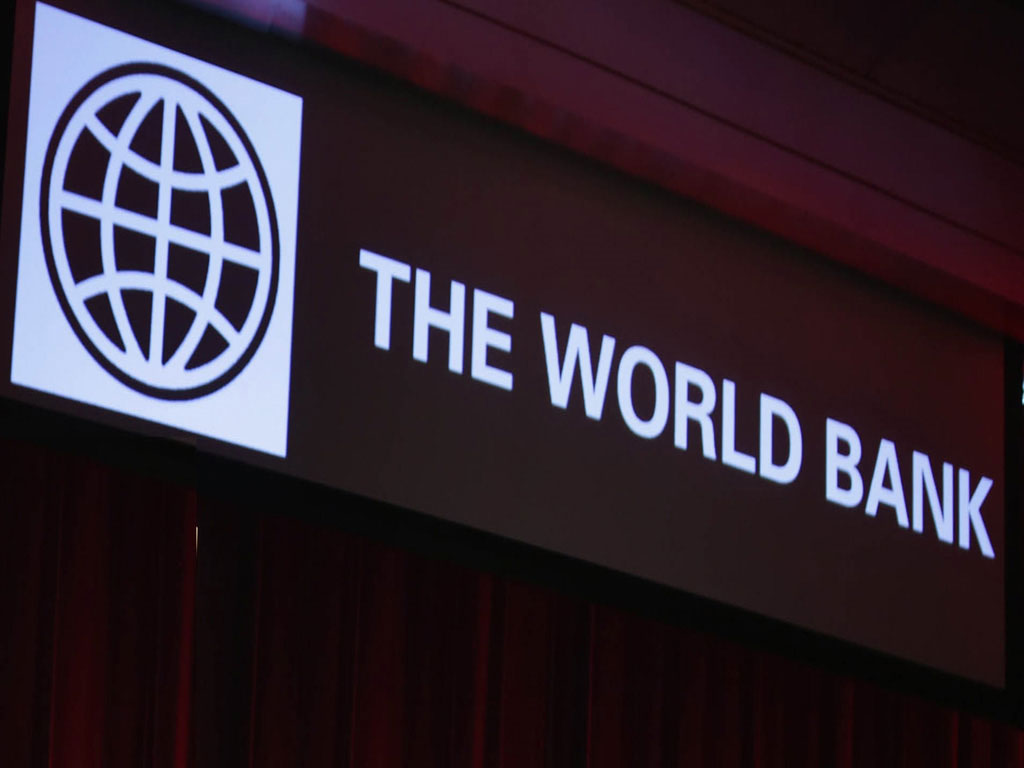'Darkening Skies'

The World Bank in its latest report, "Global Economic Prospects, Darkening Skies" has painted a very gloomy picture of Pakistan's economy. It says that GDP growth of Pakistan is expected to decelerate to 3.7 percent during 2018-19 as against 5.8 percent last year, with financial conditions tightening to help counter rising inflation and external vulnerabilities. Macro-economic imbalances weigh on growth outlook while the country is likely to face financing needs due to large current account and fiscal deficits combined with low international reserves. Pakistan's external debt is sizable while C/A deficits have deteriorated considerably and eroded foreign exchange reserves significantly -- they currently amount to only around two months of imports. There were signs of rising inflation and Pakistan raised interest rates in 2018 to counter the effects of currency depreciation, rising energy prices and domestic capacity constraints. Pakistan's fiscal deficit rose to 6.6 percent of GDP last year, well above the government's target of 4.1 percent as tax collections tightened in a number of commodity importing countries like Pakistan that experienced financial market stress or continue to face widening fiscal and C/A deficits.
While discussing the informal sector of Pakistan, the report points out that Pakistan's corporate tax hike is followed by rising informality as firms switched business models and reported lower earnings. The informal sector in Pakistan provides two-thirds of total employment but produces only about a one-third of GDP. This difference shows considerably lower informal labour productivity relative to total labour productivity, in part reflecting lower educational attainment of informal sector workers. Tax increases in taxes in Pakistan have the unintended consequence of raising informality in the country. The report states further that net rice exporters such as India, Pakistan and Yemen implemented policy interventions that, ultimately, raised domestic rice prices more than the increase in world prices.
Most of the observations in the World Bank's report, in our view, are based on old data and, therefore, do not fully reflect the latest situation of the economy of Pakistan. It does not mean, however, that all the views contained in the report are irrelevant to the present situation or do not need the urgent attention of the authorities. For instance, the report is not mistaken when it says that economic activity has slowed, inflation is up and the country is faced with high fiscal deficit and external sector vulnerabilities. Foreign exchange reserves held with the SBP have dropped significantly and aggregate indebtedness has risen markedly, limiting future options and threatening instability in the country. However, the latest data gives the hope that prospects of the economy may not be as bleak as indicated in the World Bank's report. For instance, though the growth rate during FY19 is projected to be lower than last year due to slower growth in almost all the sectors, including agriculture, manufacturing and services sectors, it may not drop to the level of 3.7 percent as projected by the World Bank during the current year. This is not the time to go into details but the SBP has projected the growth rate for 2018-19 in the range of 4.7-5.2 percent while the IMF and Asian Development Bank have come up with a growth projection of 4.7 percent and 4.8 percent respectively and all these institutions cannot be very wide off the mark. A considerable increase in credit to the private sector witnessed during the current year would not have been possible if the economic activities in the country would have slowed down to a very depressed level. It is of course true that Pakistan is facing the challenges of high current account and fiscal deficits but the present government is trying to face these challenges squarely and has succeeded to a certain extent. During the year so far, exports have gone up somewhat, imports have declined, and home remittances have increased to curtail the C/A deficit as against the huge deficit of nearly dollar 19 billion last year. Support of friendly countries was also available to cushion the gap in the external sector. Although the fiscal target of 4.9 percent may not be achieved, the Government's efforts are focussed on raising revenues and containing expenditures. The PTI government is going to present another "Finance Supplementary (Amendment Bill), 2019, envisaging taxation measures of around Rs150 billion in the coming session of the NA to be held on 14th January, 2019 to address the issue of fiscal imbalance. State Bank of Pakistan hiked the policy rate by 4.25 percent during 2018 and seems prepared to raise it further if the economy is threatened with high inflationary pressures. Anyhow, the inflation rate of about 6.2 percent during December, 2018 as compared to the same month of 2017 is not that high compared to the inflationary bouts seen in the past in the country and observed in certain other countries. We hope that challenges to economy as highlighted by the report will taper if the authorities of the country continue to follow a rigid/harsh reform agenda that is appropriate to the unfolding situation.

























Comments
Comments are closed.